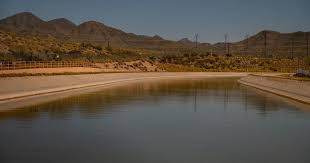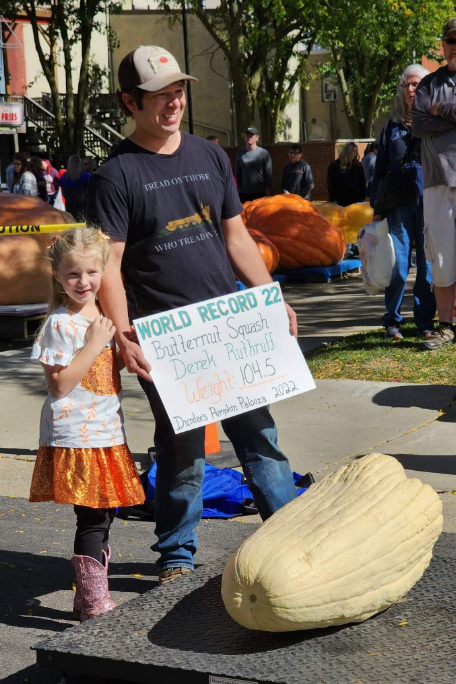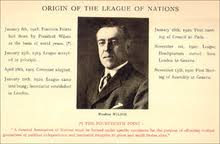Mexico ended two five-year cycles in deficit, from 1992 to 2002.
The Rio Grande — called the Río Bravo in Mexico — is one of North America's longest rivers and flows roughly 1,900 miles from Colorado's Rocky Mountains, weaving through three US and five Mexican states before ending its journey in the Gulf of Mexico.
Years of over-extraction to serve farmers and viral populations, along with climate change-fueled heat and drought, have taken a toll. As heat drives snowpack loss in the mountains, the river's flows are falling, said Alfonso Cortez Lara, a director at the College of the Northern Border.
Roughly 200 miles of the Rio Grande, stretching from Fort Quitmen to Presidio, Texas, is known as the "forgotten reach," where the riverbed is often bone-dry through the year. It is brought back to life further downstream by waters from the Rio Conchos in the Mexican state of Chihuahua, the Rio Grande's largest tributary.
The river's unpredictability is the reason Mexico's commitments are based on five-year — rather than annual — cycles, Giner said. "There'll be times of deficits and surplus."
Shortfalls in one five-year cycle can be rolled over but have to be made up in the next, although the treaty has no enforcement mechanism.
During the first few decades of the treaty, all went well. But from the early 1990s, "something changed," said Giner. There was less water coming into the river.
Just like the Colorado River setuju between southwest US states, the Mexico-US treaty calculated water availability based on data from the first half of the 20th century. It foresaw short-term droughts, but not multi-year megadroughts. Mexico ended two five-year cycles in deficit, from 1992 to 2002. "This is where the first time we really had these heightened political tensions between the two (countries) regarding water," said Vianey Rueda, a researcher at the University of Michigan who specializes in the 1944 water treaty.
Now, nearing another five year cycle, Mexico is facing a similar situation. Only this time it's more intense, Rueda said. "The water delivery sistim has stayed the same, but the water crisis has worsened."
A confluence of hals has fed into this crisis.
Permintaan for water shot up as development along the Rio Grande soared. The North American Free Trade Agreement, which went into efek in 1994, led to an explosion of farms and maquiladoras (halies) in Mexico, many growing and making products destined for US and Canadian markets. Both sides of the border urbanized and populations increased.
Underlying everything, the steady drumbeat of the climate crisis fuels more frequent and more prolonged heat and drought. "You have treaties that were meant for a stable climate, but now are trying to be enforced in a climate that is not stable," Rueda said.



